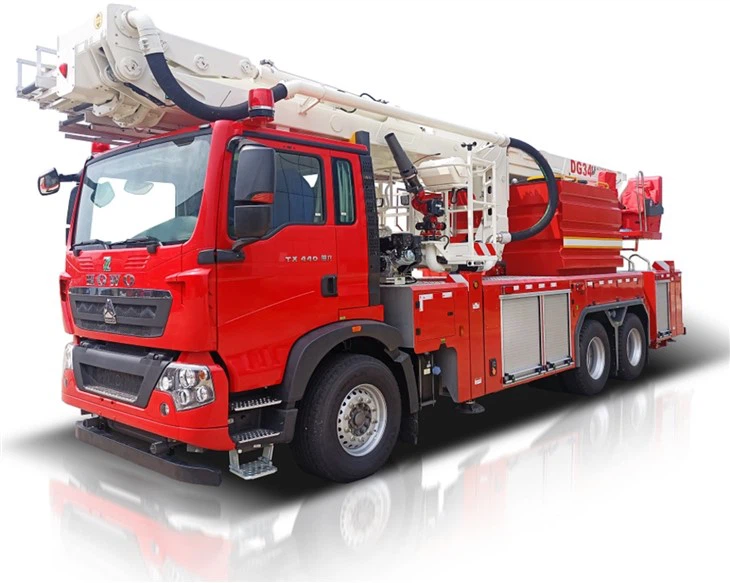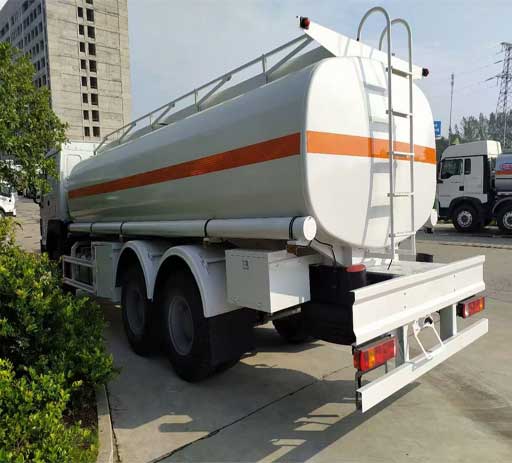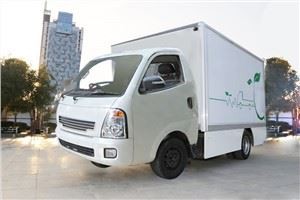Understanding the Different Types of Truck Cabs: A Comprehensive Guide

Introduction
When it comes to trucks, the cab serves as the driver’s workspace and living area, making it a crucial component for comfort, functionality, and efficiency. With various designs available, choosing the right type of truck cab can significantly influence a driver’s experience and productivity. Whether you’re considering a new purchase or simply want to understand more about truck cabs, this article will cover the different types of truck cabs, their benefits, drawbacks, and practical examples to guide you in making informed decisions.
Types of Truck Cabs
1. Regular Cab
A regular cab, sometimes called a standard cab, has two doors and a single row of seats, accommodating up to three passengers. This type is ideal for those who prioritize a compact design and increased cargo space in the truck bed.
Advantages
- More cargo space in the truck bed.
- Lighter weight, which can enhance fuel efficiency.
- Lower purchase price compared to other cab types.
Disadvantages
- Limited passenger capacity.
- Less room for storage of personal items inside the cab.
2. Extended Cab
The extended cab features two additional rear seats that can accommodate extra passengers but may not offer the same comfort as a full-size cab. This design often includes rear access doors that swing open to allow entry to the back seats.
Advantages
- Increased passenger capacity without significantly reducing cargo space.
- More interior storage options, including behind the front seats.
Disadvantages
- Reduced legroom in the rear seats.
- Added weight can slightly impact fuel economy.
3. Crew Cab
The crew cab, or double cab, features four doors and a spacious interior, making it suitable for families and work crews. This cab type typically seats five to six people comfortably.
Advantages
- Maximum passenger capacity and comfort.
- More space for personal items and gear.
Disadvantages
- Reduced cargo space in the truck bed compared to regular cabs.
- Higher purchase and maintenance costs.
4. Mega Cab
The mega cab is an extension of the crew cab with even more rear seat space and interior features that create a luxurious feel. This type is usually found in heavy-duty trucks.
Advantages
- Exceptional rear passenger comfort and amenities.
- Still offers a significant amount of cargo space.
Disadvantages
- Heavier and bulkier, which may affect fuel efficiency.
- Higher cost compared to standard crew cabs.
5. Flatbed Cab
A flatbed cab refers to a cab mounted on a chassis with an open flatbed for transporting goods. This design is popular in construction and agriculture due to its versatility.
Advantages
- Easy loading and unloading of bulky items.
- Wide range of aftermarket accessories available.
Disadvantages
- Less protection for loads against weather elements.
- Potential difficulty in securing loose cargo.
6. Box Truck Cab
Box truck cabs feature an enclosed cargo space for transporting goods. This design is commonly used for moving furniture, deliveries, and mobile businesses.
Advantages
- Great for secure and weather-protected transportation.
- More space for cargo compared to standard trucks.
Disadvantages
- Limited visibility compared to open-bed trucks.
- Higher height may cause clearance issues in some areas.
7. Tractor-Trailer Cab
Tractor-trailer cabs are designed for long-haul trucking, equipped to pull large trailers. They typically feature larger engines and amenities tailored for driver comfort.
Advantages
- Designed for heavy loads and long distances.
- Includes comfortable living arrangements for long hauls.
Disadvantages
- Significantly larger, making it challenging to maneuver.
- Higher operating costs, including fuel and maintenance.
8. SUV-style Truck Cab
Some trucks are designed to resemble SUVs with a combination of cab and cargo space. These vehicles offer versatility for families and those needing extra space.

Advantages

- Combines the features of a truck and an SUV.
- Great for family outings with plenty of interior space.
Disadvantages
- May lack some of the rugged capabilities of traditional trucks.
- Potentially higher price point compared to standard trucks.
Choosing the Right Truck Cab for Your Needs
Selecting the appropriate truck cab type relies on assessing your specific needs and intended use cases. Here are some key factors to consider:
1. Purpose of the Truck
Identify if you need a truck primarily for work (towing, hauling) or personal use (family trips, commuting).
2. Passenger Capacity
Evaluate how many passengers you typically transport. Families may prefer crew or mega cabs, while individuals might opt for regular or extended cabs.
3. Cargo Requirements
Consider the volume and type of cargo you’ll be carrying. Construction or agricultural workers might require flatbeds, while movers would benefit from box trucks.
4. Budget
Assess your budget not only for the purchase price but also for insurance, fuel, and maintenance costs.
5. Fuel Efficiency
Different cab styles may affect fuel consumption; larger trucks usually consume more fuel.
6. Comfort and Features
Evaluate interior amenities for longer trips if you plan on spending extended periods in the cab.
FAQs

1. What is the best truck cab for towing?
For towing, a crew cab or mega cab is often recommended due to their larger engines and capabilities.
2. How do I choose the right truck cab size?
Consider your primary uses, passenger requirements, and cargo needs. Regular cabs are best for solo use, while crew cabs are ideal for larger groups.
3. Are extended cabs safe for children?
Yes, but ensure proper safety seats are used, and check the space for safe installation.
4. Can I modify my truck cab?
Yes, many truck cabs can be modified with accessories and upgrades to better fit your needs.
5. What type of truck cab is best for long-distance travel?
Crew cabs or mega cabs are recommended for long-distance travel due to their comfort and space.
6. Is a flatbed truck cab more versatile than a standard truck cab?
Yes, flatbed truck cabs are often more versatile for transporting various types of goods due to their open design.
